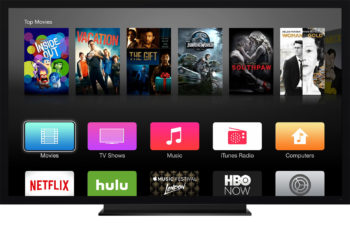 Many people year after year are ditching their traditional television providers, whether it be cable or satellite, and are switching over to streaming services. There are many reasons why this shift in the way people choose to watch shows and movies has taken place, but cost isn’t one of them.
Many people year after year are ditching their traditional television providers, whether it be cable or satellite, and are switching over to streaming services. There are many reasons why this shift in the way people choose to watch shows and movies has taken place, but cost isn’t one of them.
Streaming services used to be a compelling value proposition back when Netflix predominantly ran the show. Starting at $9 a month, it provides a decent collection of television and movies, as well as original programing.
It is a good value compared to a television service that charges upwards of $50 a month, not to mention the convenience of being able to watch what you want, when you want.
The influx of new streaming services, however, hasn’t only crowded the market, but has inherently devalued the existing services. For example, you used to be able to watch Disney-produced movies on Netflix until Disney+ came around.
Now if you want to watch the programing on both, your $9 monthly subscription has turned into $16.
In 2019, there were around 200 video streaming services to choose from, and it seems like more are being added all the time. With all those options, one might think that it would be easy to get all the same content without cable or satellite, but that isn’t always the case.
My family wanted to watch the Oscars, but we no longer have a traditional television service, and our broadcast antenna doesn’t receive ABC, which is where the Oscars aired. We looked to see if they had a separate subscription or an extension to an existing one, but we didn’t have any luck.
In the end, we had to subscribe for a free trial of Hulu with live TV to watch the stream. While we did find a solution, it ended up being more inconvenient.
It is also ironic that, given the innovation that these services have brought, YouTube and Hulu have introduced more expensive plans that allow you to watch traditional TV channels; the thing that many people use these services to replace.
Priced around $50 a month for either YouTube TV or Hulu + Live TV, they run $15/mo more than DIRECTV SELECT, one of their most basic plans. While they do still offer the on-demand content, it is another premium that racks up peoples total monthly spending on services.
Having options is important, and I think that is what streaming services do right, but they no longer seem to offer the value that made them enticing to people hoping to ditch their expensive television packages.
The rise of exclusive content also means that customers’ real choice is not when and where to watch, but what they are willing to skip. Worse still, if the legal options become too confusing or inconvenient, people may be more likely to turn to illegal means of watching content.






Comments